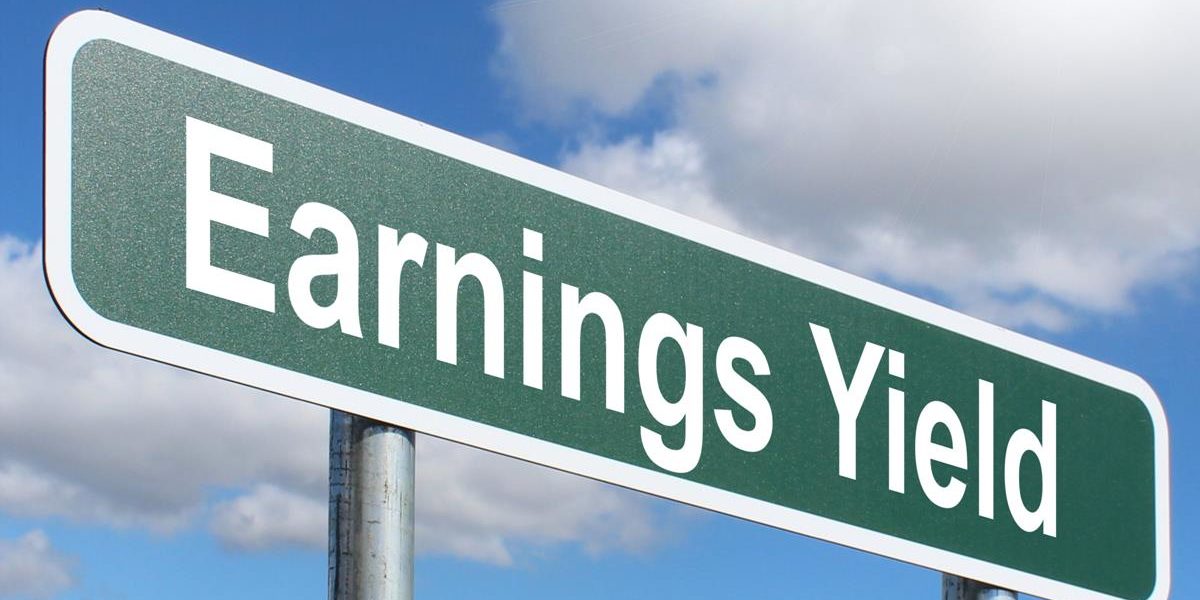When it comes to making your money work best for you in property investment, should you focus on one-off capital growth or monthly rental yield? It’s a much-debated question in property market and investment circles and we’ll give you the low-down on both here so that you can make up your own mind, thank you very much!
Capital growth explained
Another term for capital growth is capital appreciation. It’s the money your property has increased in value by over the length of time you have held it. This is calculated by deducting its value at the time of purchase from its current market value. It’s also referred to as ‘equity.’
With a capital growth strategy, you can decide the number of years you’ll hold on to the property for before selling ie five years, ten years, 20 years (of course it will also depend on whether market conditions are favourable at the time – or vice versa, there may be what looks like an optimum time to sell prior to your planned timescale. This could be because the local property market is buoyant thanks to plenty of regeneration or, as is the case in many London boroughs commuting has been made easier thanks to Crossrail. Property price rises could, of course, also be down to the economy as a whole picking up and people feeling more confident about spending money and making large purchases.
It’s worth mentioning that a capital growth strategy is popular with those planning to retire in say, 20 years, where they can invest and forget about using that money until the time arises. Poor savings interest in high street banks and building societies has also made capital growth popular over the past decade.
Rental yield explained
Rental yield is the return on your investment and can be calculated annually. Simply deduct the amount you will spend in expenses (ie mortgage, repairs, property management and landlord insurance costs etc) from the amount you hope to receive in rental income (ie no void periods) and divide by the total cost of the property. To get the net yield percentage all you have to then do is multiple that figure by 100.
Receiving a monthly rental income from their property allows investors to ‘top up’ their existing income. This is often with the intention that after a period of time they can cut back on the number of hours they spend on the ‘day job.’ Either that or take early retirement. That’s because they pay off their mortgage as soon as they can in order to increase the difference they’ll receive in rental income. Again, this is intended to be another way of making their money work harder than it would in a traditional savings account. And, in addition to rental income, buy to let landlords can also benefit from capital growth further down the line as their property increases in value.
Which is the best – yields or capital growth?
Both yield and capital growth strategies can bring in financial benefits and for seasoned full-time property investors it’s a good idea to have both. It’s worth remembering too that mortgage interest rates are historically low at the moment so that any mortgage borrowing you’re doing means you’re not paying much in interest. Shouldn’t you be making the most from that – especially when the UK is so short of housing right now and rentals demand is at a premium?
For more advice on investing in property, particularly in cities such as Birmingham, Manchester, London and Liverpool, please fill out your contact details and one of our team will talk you through some available options.










